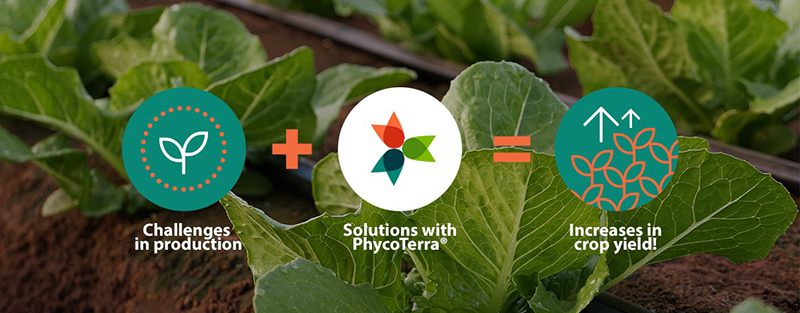Secrets To Success of Growing Peaches in Ohio

Brian and Kelly Helser of Paige’s Produce anticipate a beautiful peach harvest from late June to early September on their orchard in Amanda, OH.
Photo by Gary Gao
I went to Paige’s Produce in Amanda, OH, in early June to talk with Brian and Kelly Helser about the challenges and rewards of peach production in the state.
The weather that day was sunny, mild, not humid, and not raining, either. It was a perfect day. Brian Helser stopped everything he was doing to show me around and share a glimpse into the life of a peach grower in Ohio.
He planted about 2,000 peach trees of 27 different varieties four to five years ago. His tree and row spacing is 11 to 12 feet by 17 feet.
Helser’s peach trees were carrying varying levels of fruit load, and he was cautiously optimistic about this year’s crop. By August, my hope is that Helser’s customers will be handing over lots of cash for their juicy and sweet peaches.
I asked Helser for a few pointers on peach production. Being a comedian and philosopher, Brian gave me a lot of insight and made a Chinese guy laugh like crazy, too.
My first question for him was, “What is the best part of peach production in Ohio?” Helser’s reply: “Eating peaches!” Just about all of us can agree that nothing beats tree-ripe peaches.
My second question for Helser was, “Why did you get into peach production?” He replied he was “stubborn and stupid.”
Just for the record, he is a brilliant guy. (I wonder if this compliment will get me a cold beer with him.)
“Peach production in Ohio is an incredibly challenging endeavor,” Helser says. Low winter temperatures, spring frosts, hail, wind, rain, deer, racoons, diseases, insects, and weeds all have the potential to mess things up in the journey of successful peach production. I typically teach tree fruit growing for home gardeners. I tell them that getting peaches three of every five years is considered good in Ohio.
Helser adds, “You got to have faith, too.”
Kelly seconds her husband. June is her favorite time of year on the farm, as she is off from her job as an art teacher at Canal Winchester High School for the summer. June is typically relaxing for Kelly. But Brian worries that a few things could still happen to his peach crop before harvest.
My last question for Helser was, “Which peach varieties do you like?” His reply: “All of them.” Same thing goes for peach pies. His favorite peach pies are “warm or cold.” Brian grows both yellow- and white-fleshed peaches. ‘Contender’ is one variety that quite a few growers in Ohio prefer. He also planted a few from the ‘Flamin’ Fury’ series. Helser likes growing flat, or donut, peaches. His peach trees were all grafted trees from Adams County Nursery in Aspers, PA.
OVERCOMING CHALLENGES
Late winter and early spring have been challenging for fruit growers like the Helsers. Brian purchased two huge fans for frost control. He spends a lot of sleepless nights in his orchard to keep the air moving while using these fans when frost is predicted for the area. It is certainly a lot of work. Helser and I spent some time discussing the potential benefits of these fans, and he concludes: “I had to do something. I cannot just sit at home and do nothing.”
Insect, disease, and weed management have been quite challenging for peach growers due to excessive rain. Brown rot is a common fungal disease, while peachtree borer, lesser peachtree borer, Japanese beetle, and stink bugs are some of the common insect pests.
For diseases and insects, Helser follows a spray schedule as listed in the “Midwest Fruit Pest Management Guide,” developed by a group of Extension professionals from several universities and updated every other year. Helser works hard to keep the weeds under control.
For his orchard fertility program, Helser takes a soil sample in the fall and sends it to a soil testing lab for analysis and fertilizer recommendations. He says the peach leaves may look kind of sickly yellow in June. But the leaves look great when hot temperatures hit them in July and August.
For marketing, Helser uses Facebook, Instagram, and TikTok in addition to his farm’s website, PaigesProduce.com. He does pick-your-own and sells their fruits at two farm markets in Columbus. As for TikTok: “You got to have fun!”










